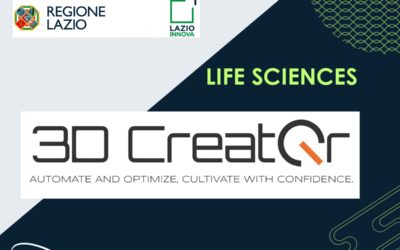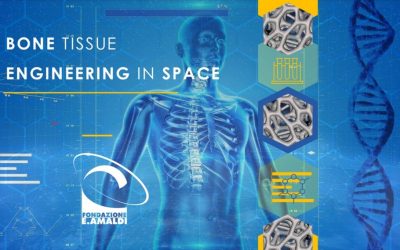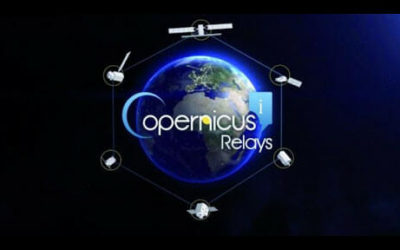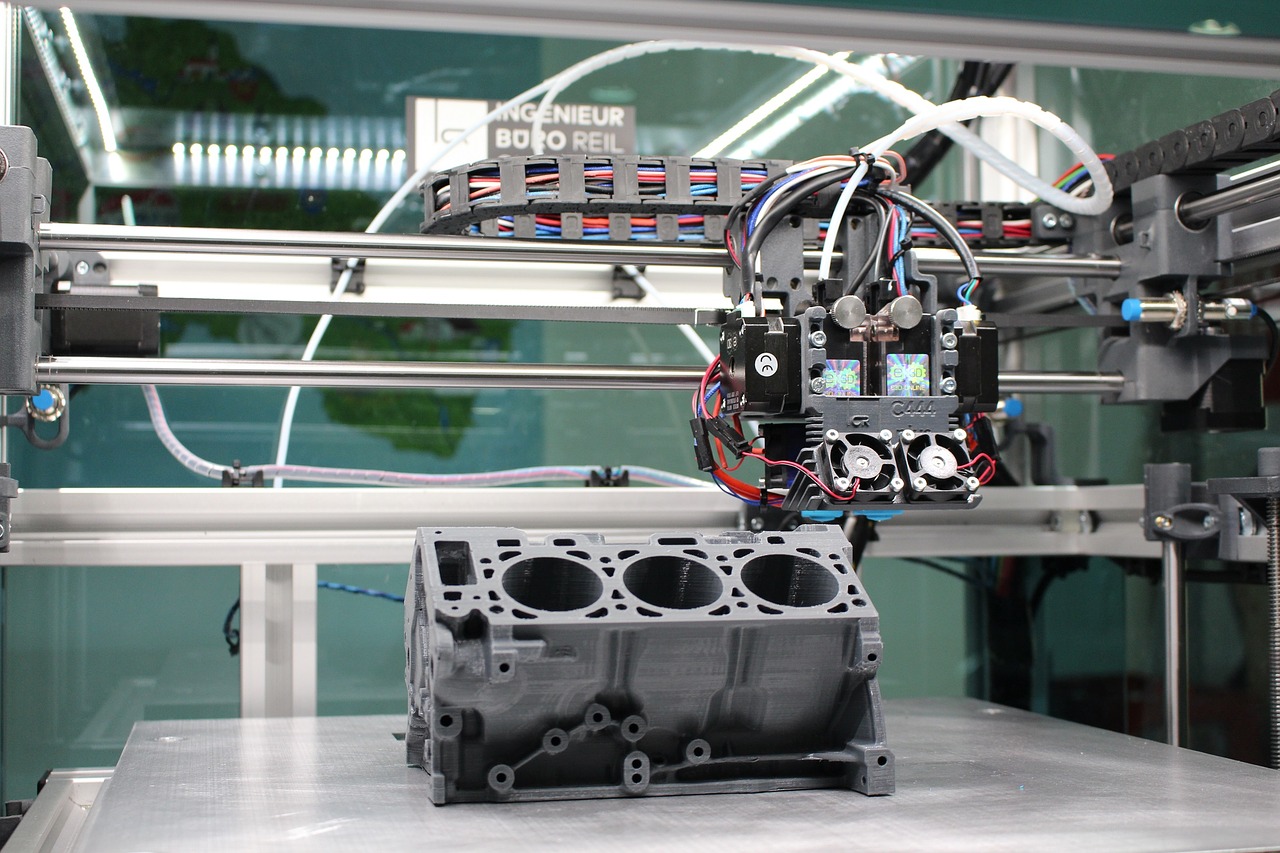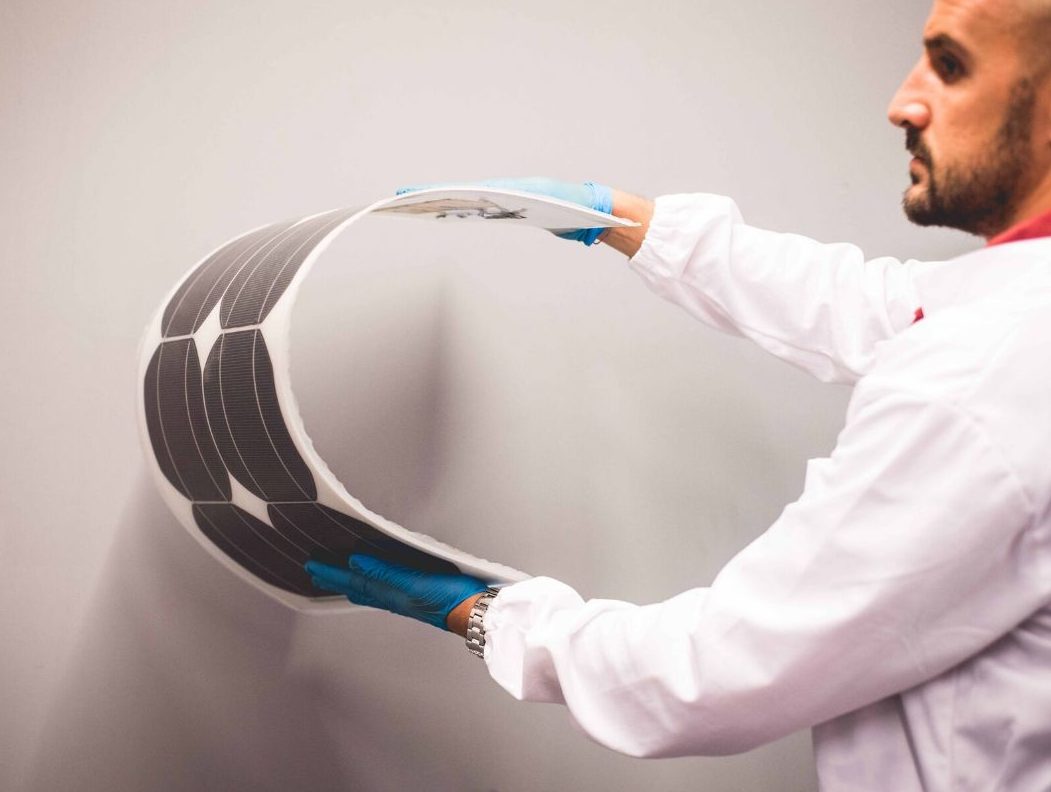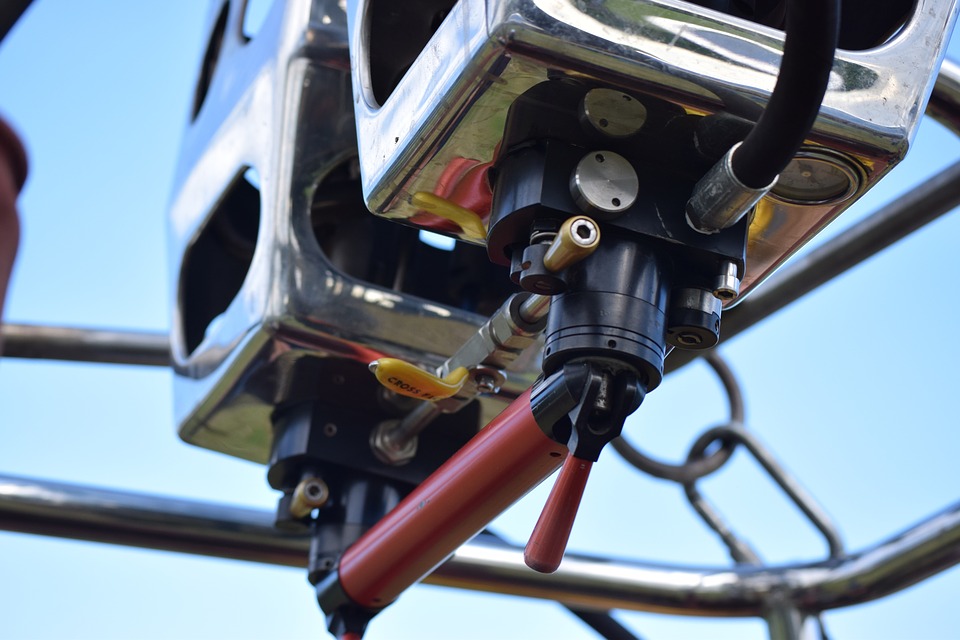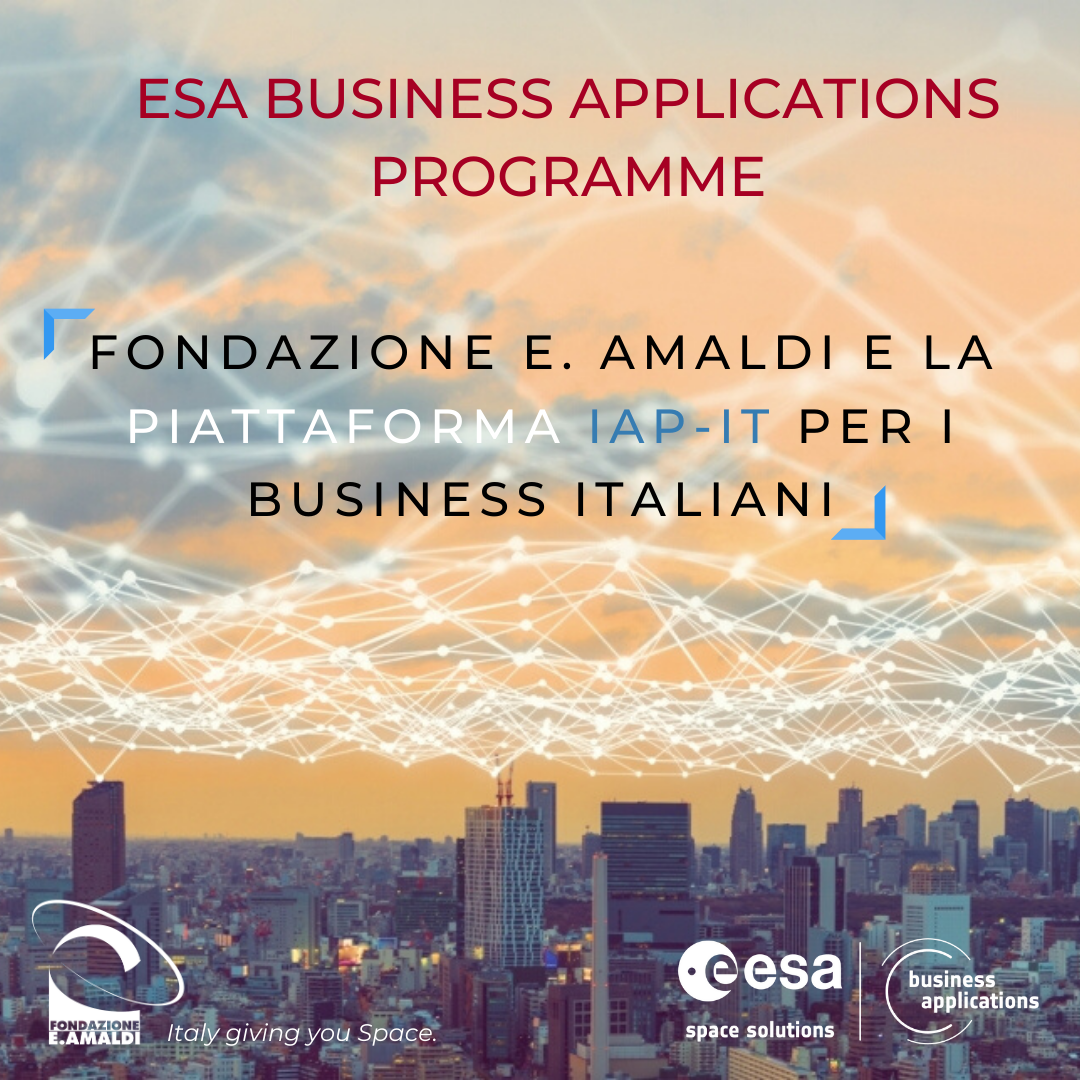NanoBioTech: Health & Environment
The research project NanoBioTech: Health and Environment (Regione Lazio law n. 13/2008 – Promozione della ricerca e sviluppo dell’innovazione e del trasferimento tecnologico nella Regione Lazio), now concluded, has set itself a double objective, aiming at the development of innovative methods with high social impact in two extremely topical areas.
The work carried out in relation to the Health sector has made it possible to significantly expand the know-how in the field of cancer diagnostics through the design, implementation and evaluation of highly specific instruments, an aspect of particular interest, and above all of considerable clinical relevance, considering the delicacy of the topic. The Environment research strand instead focused on issues related to the eco-toxicological field since it intended to monitor the impact of increasingly pervasive nanomaterials on human health.
NanoBioTech: Health
The objectives of the project included:
the preparation of a gold or silver nanostructured sensor functionalized with aptamers, synthetic oligonucleotides, for the selective recognition of tumor biomarkers
1. the development of an instrumental analysis protocol using Raman SERS spectroscopy (surface enhanced Raman spectroscopy) for the detection of extremely low concentrations of the analyte in the study
2. the development of an ad hoc algorithm for the processing of the acquired signals and their quantification
3. the design and construction of a flow chamber in which to house multiple biosensors simultaneously
4. the translation of the general analysis system developed on a highly complex analytical platform towards a simpler and more agile instrumentation in order to facilitate future positioning in diagnostic centers, obviously avoiding the sacrifice of accuracy of the required measurement.
NanoBioTech: Environment
The assessment of the eco-toxicological impact of nanomaterials has been the central topic of the Environment strand, and a related research has focused on the development of detailed analytical methods to allow adequate monitoring. The presence of nanostructures is increasingly ubiquitous and widespread, being now included in consumer products and widely used in numerous industrial processes. In this scenario, then, having specific tools for the identification and quantification of their presence in complex matrices, even at very low concentrations, becomes a necessity of absolute importance.
Various methods of data acquisition were therefore considered to outline an overall picture as precise as possible, using model organisms that could provide direct feedback on the possible negative effects of the diffusion of nanomaterials. Therefore, a double objective was set, aiming at the development of innovative methods with high social impact in two extremely topical areas. The work carried out in relation to the Health sector has made it possible to significantly expand the know-how in the field of cancer diagnostics through the design, implementation and evaluation of highly specific instruments, an aspect of particular interest, and above all of considerable clinical relevance, considering the delicacy of the topic. The Environment research strand instead focused on issues related to the eco-toxicological environment since it intended to monitor the impact of increasingly pervasive nanomaterials on human health.

